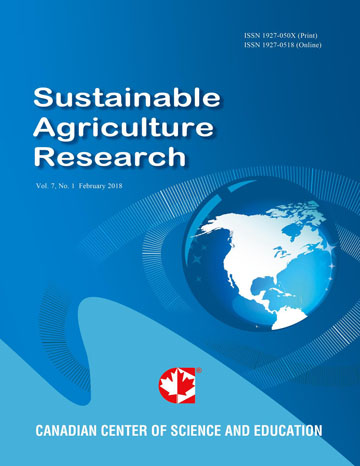Estimation of Crop Water Requirements in Irrigated Land of the Khorezm Oasis in the Context of Climate Change
- Stulina Galina
- Solodkiy Georgy
- Eshtchanov Odilbek
Abstract
Khorezm province is located in the northwest part of Uzbekistan in the basin of one of largest water sources – the Amu Darya River - and occupies the left bank in the Amu Darya lower reaches. The area of the province is 6,100 km2. The province borders Karakalpakstan in the North, Turkmenistan in the South, and Bukhara province of Uzbekistan in the South-East.
Uzbekistan is situated in the territory, where high rates of climate change are expected and observed. According to forecasts, further climate change would cause even higher air temperatures, altered precipitation patterns and severe and prolonged droughts, with consequent lowering of available water resources. More plausible scenarios for Uzbekistan suggest more than 4°С rise in average annual air temperatures by 2080. Water discharge along the Amu Darya River is expected to decrease potentially by 10-15%.
Objective of given work is to analyze and assess the positive impacts of climate change through alterations of bioclimatic potential in given terrain and agromelioration parameters of crops, with consequent changes in crop water requirements.
Earlier research results showed that the observed growth of thermal potential allows earlier sowing and more rapid accumulation of effective temperatures. This will shorten plant development phases, on the one hand, and, as a result, reduce water use by crops, on the other hand.
- Full Text:
 PDF
PDF
- DOI:10.5539/sar.v8n1p94
Index
Contact
- Joan LeeEditorial Assistant
- sar@ccsenet.org
